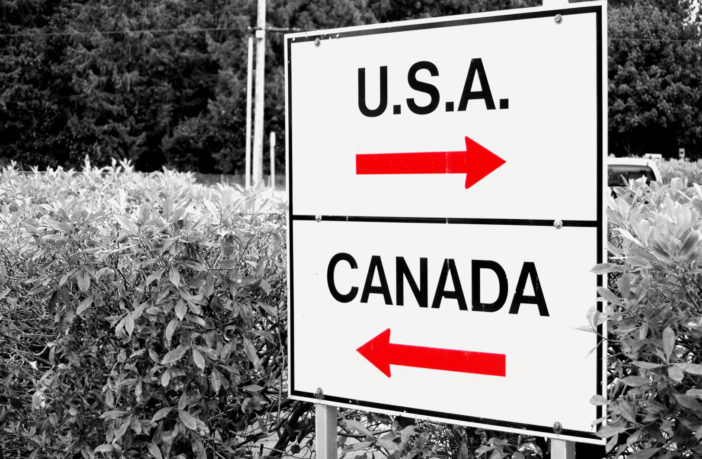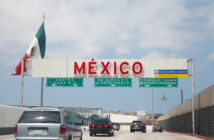It seems as absurd as a scene out of the farcical “Canadian Bacon,” but the image of a lonely northern border outpost can be a cold reality.
While bustling ports of entry on the U.S.-Mexico border see rising traffic flows, even in the face of COVID-19 restrictions on “non-essential” travel, U.S. Customs and Border Protection (CBP) inspectors at some Canadian checkpoints go hours without seeing a single person.
David North of the Center for Immigration Studies (CIS) checked the records and found the port of entry at Ambrose, North Dakota, encountered three (3) arriving cars in entire month of May, each bearing a single human. The same total was logged at Hannah, N.D., in July.
“CBP will not talk on the record about the staffing levels at the ports citing ‘national security.’ But in our calls to the ports either one or two people were on duty and, in many cases, they told us they had zero traffic for the day,” North related.
In addition to Ambrose and Hannah, CIS found six other northern ports averaging fewer than two cars a day entering the U.S. during May, June and July: Night Hawk, Wash.; Opheim, Mont.; Pine Creek, Minn.; Sarles, N.D.; Whitlash, Mont.; and Willow Creek, Mont.
Breaking down the numbers, CIS estimated the expense of staffing these eight ports of entry during the 92 days of May, June and July. Using Department of Homeland Security salary data, North figured it cost at least $500 a day to have a single inspector on duty.
“If the ports had only a single worker, that would add up to $368,000 (eight ports x 92 days x $500), or $736,000 if two inspectors were on duty,” North wrote.
“This is peanuts by Washington standards, but a huge break for the 763 persons using these ports who did not have to drive maybe 30 to 60 miles out of their way to enter the United States. Each of these arrivals, on average, depending on the one-inspector-or-two variable, got an inspection costing [taxpayers]$543 or $1,083,” he concluded.
In sharp contrast to heavy northbound traffic that’s building up from Mexico, cross-border traffic with Canada is down 95 percent in compliance with non-essential traffic restrictions that remain in place until at least Oct. 21.
CBP shut down its sleepy Algonac Ferry port near Port Huron, Mich., this summer. The time may be ripe for a few others to put up “Closed” signs.




